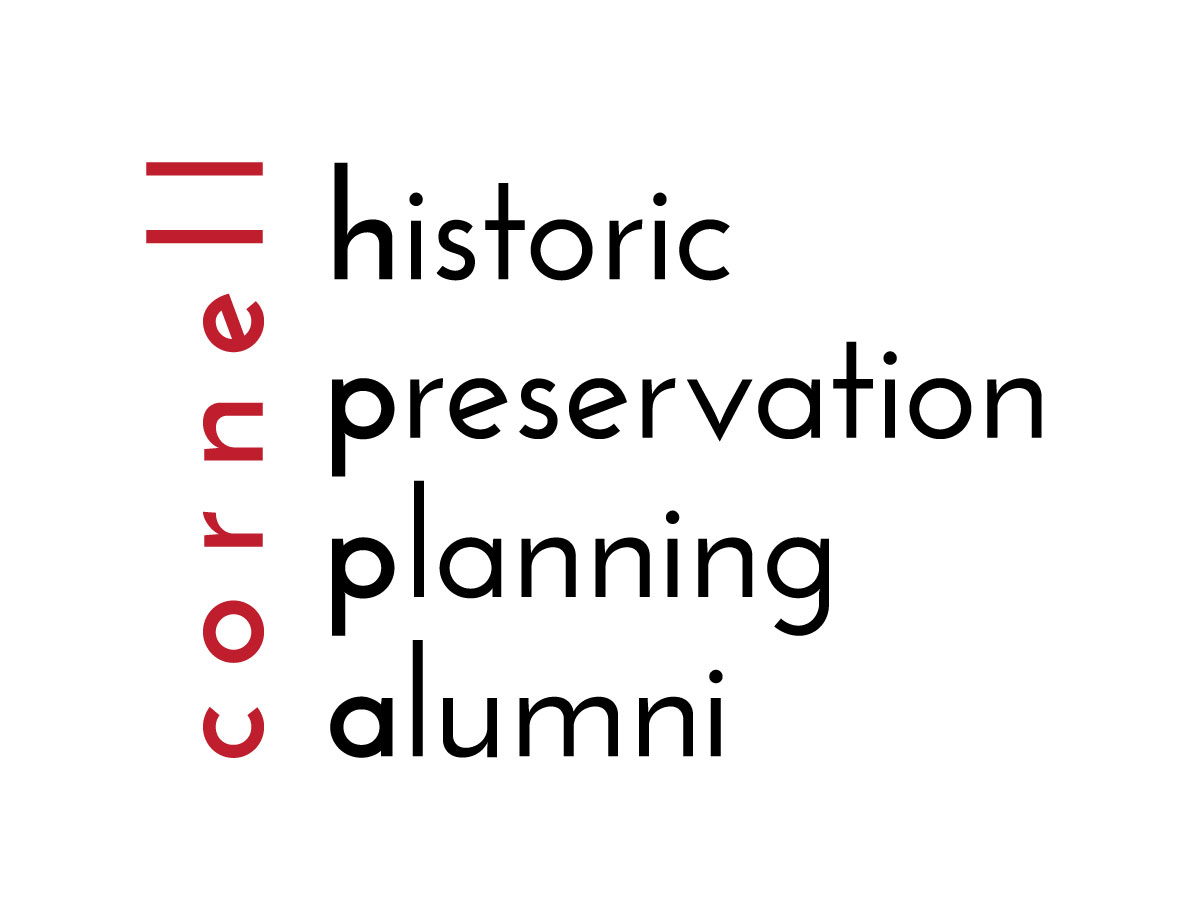Historic Cities: Issues In Urban Conservation (2019)
Edited by Jeff Cody (‘85) and Francesco Siravo
This book, the eighth in the Getty Conservation Institute’s Readings in Conservation series, fills a significant gap in the published literature on urban conservation. This topic is distinct from both heritage conservation and urban planning; despite the recent growth of urbanism worldwide, no single volume has presented a comprehensive selection of these important writings until now.
This anthology, profusely illustrated throughout, is organized into eight parts, covering such subjects as geographic diversity, reactions to the transformation of traditional cities, reading the historic city, the search for contextual continuities, the search for values, and the challenges of sustainability.
Routledge Companion on Global Heritage Conservation
Edited by Vinayak Bharne and Trudi Sandmeier ('00)
This collection of scholarly articles by theorists, academics, and practitioners explores the global complexity, guises, and potential of heritage conservation. Going from Tokyo to Cairo, Shenzhen to Rome, and Delhi to Moscow, this volume examines a vast range of topics – indigenous habitats, urban cores, vernacular infrastructure, colonial towns, squatters, burial sites, war zones, and modern landmarks. It surfaces numerous inherent issues – water stress, deforestation, social oppression, poverty, religion, immigration, and polity, expanding the definitions of heritage conservation as both a professional discipline and socio-cultural catalyst. This book argues that the intellectual and praxis limits of heritage conservation – as the agency of reading, defining, and intervening with built heritage – can be expansive, aimed at bigger positive change beyond a specific subject or object; plural, enmeshed with multiple fields and specializations; and empathetic, born from the actual socio-political realities of a place.
The Window Sash Bible: A Guide to Restoring and Maintaining Old Wood Windows (2015)
Steve Jordan (‘90)
The Window Sash Bible is about the repair, maintenance, restoration and improvement of old or historic windows made from about 1800 to 1940. With so much misinformation provided by replacement window contractors and vendors, this book aids homeowners, do-it-yourselfers, carpenters, architects, designers, preservation commission members, and anyone in the old-house business make sound decisions about windows. Since most homeowners are unaware of their alternatives, The Window Sash Bible provides an array of options to save money, energy, and historic windows for decades to come. The information is gleaned from my experience as a window repair contractor and old-house enthusiast, from other craftsmen, books, catalogues, journals, trade manuals, and ah-ha moments. Most of the recommendations are based on available materials and simple techniques that were once common.
Images of Old Salem: Then and New (2015)
David Bergstone (‘92)
The full history of one of the South's hidden treasures is finally given celebration in Images of Old Salem: Then & Now.
Old Salem is a self-contained preservation of a pre-Revolutionary War Moravian settlement that, like Colonial Williamsburg, has delighted and awed countless visitors with its warm clapboard homes and heirloom gardens. To walk among its cobbled roads and ''living history interpreters,'' after all, is to walk in eras past. Yet few have stopped to consider the rich history of each building or the fascinating work that has allowed Old Salem to so faultlessly capture its heritage.
Produced in partnership by Old Salem Museums & Gardens and John F. Blair, Publisher, Images of Old Salem: Then & Now uses exclusive historical images alongside present-day color photographs to show the evolution of the village. The accompanying text provides insight into how each component was preserved.
Revolving Architecture: A History of Buildings that Rotate, Swivel, and Pivot (2008)
Chad Randl (‘00, PH.D. HAUD ‘14)
Alternately lauded as the future of architecture or dismissed as pure folly, revolving buildings are a fascinating missing chapter in architectural history with surprising relevance to issues in contemporary architectural design. Chad Randl's Revolving Architecture: A History of Buildings that Rotate, Swivel, and Pivot explores the history of this unique building type, investigating the cultural forces that have driven people to design and inhabit them. Revolving Architecture is packed with a variety of fantastic revolving structures such as a jail that kept inmates under a warden s constant surveillance, glamorous revolving restaurants, tuberculosis treatment wards, houses, theaters, and even a contemporary residential building whose full-floor apartments circle independently of each other. International examples from the late 1800s though the present demonstrate the variety and innovation of these dynamic structures.
A-Frame (2004)
Chad Randl (‘00, PH.D. HAUD ‘14)
"A" was the architectural letterform of leisure building in postwar America. Eager to stake out mountain and lakeside retreats, an entire generation of high-end homebuilders and weekend handymen found the A-frame an easy and affordable home to construct; its steeply sloping triangular roof distinctive and easy to maintain (almost no exterior walls to paint!). Fueled by A-frame plans and kits, the style became something of a national craze, with tens of thousands of houses built.
In a fascinating look at this architectural phenomenon, Chad Randl tells the story of the "triangle" house from prehistoric Japan to its lifestyle-changing heyday in the 1960s. Part architectural history and part cultural exploration, , A-Frame documents every aspect of A-frame living using cartoons, ads, high-style and do-it-yourself examples, family snapshots, and even an appendix with a complete set of blueprints in case you want to build your own!






